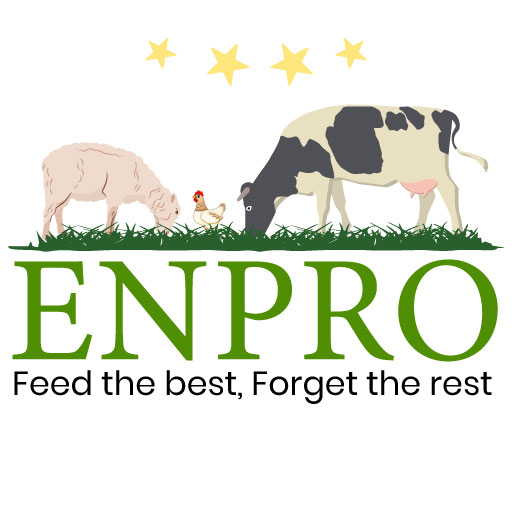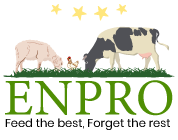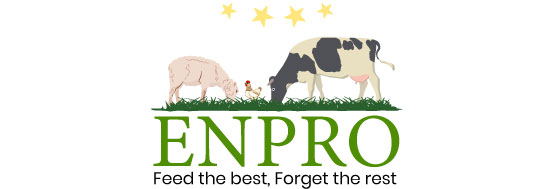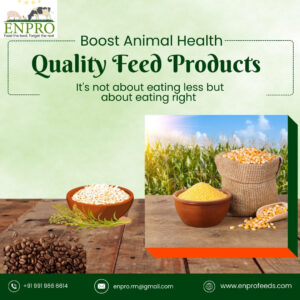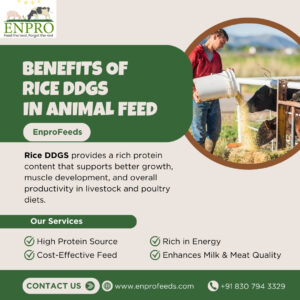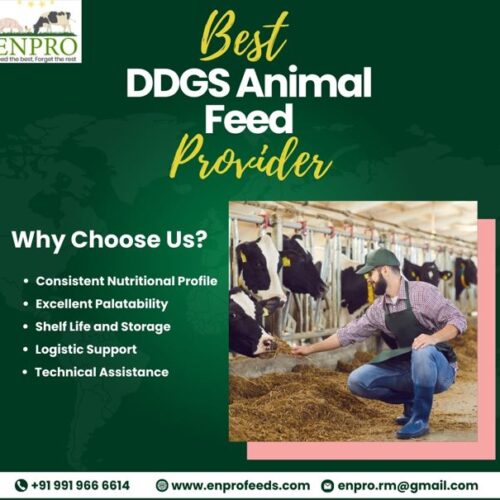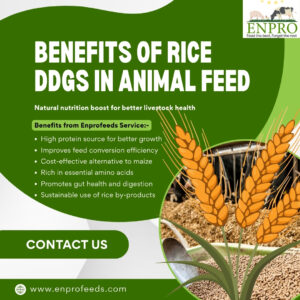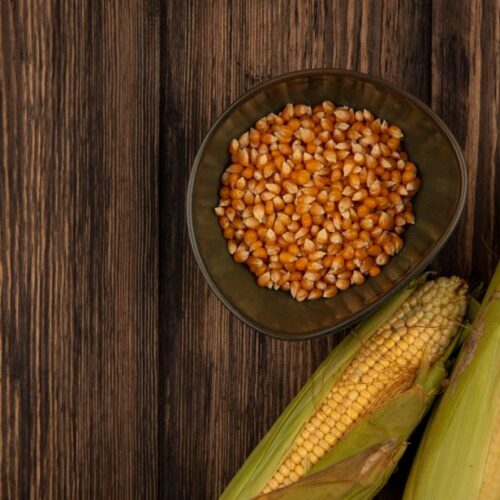
As the agriculture landscape continues to evolve, innovative solutions take center stage in the quest for sustainable and cost-effective animal nutrient feeds. Among these, Corn DDGS (Distillers Dried Grains with Solubles) has emerged as a game-changer, offering a balance of nutritional excellence and economic viability. In this exploration, we dive into the intriguing world of Feed cost and its pivotal role in enhancing animal nutrition.
The Nutritional Marvel of Corn DDGS:
Corn DDGS, a byproduct of ethanol production from corn, holds a treasure trove of essential nutrients. Packed with protein, fiber, and energy, this nutrient-rich ingredient has become a cornerstone in formulating animal feeds. Its robust nutritional profile not only meets the dietary needs of various animals but also contributes to improved overall health and productivity.
Corn DDGS Cost Dynamics:
The economic allure of Corn DDGS lies in its cost-effective nature, providing a sustainable alternative to conventional feed ingredients. Let’s explore the key factors influencing cost and its implications for farmers and feed manufacturers:
- Corn Market Influence: As Corn DDGS is intricately linked to Feed production, fluctuations in the corn market play a pivotal role in determining its cost. Weather conditions, global demand, and crop yields directly impact the availability and pricing.
- Ethanol Production Nexus: The synergy between and ethanol production unveils a unique economic interplay. Trends in biofuel production, technological advancements, and shifts in ethanol demand can affect the quantity and quality of available for animal nutrient feed.
- Transportation Efficiency: The logistical journey from ethanol plants to feed manufacturers plays a crucial role in Feed cost. Proximity to production facilities and streamlined transportation systems can mitigate costs associated with the physical movement of this valuable feed ingredient.
Strategic Advantages Beyond Cost:
While the cost-effectiveness of Corn DDGS is a compelling factor, its advantages extend beyond economics. Incorporating into animal nutrient feeds provides numerous strategic benefits, including:
- Improved Nutrient Density: The nutrient-rich composition of enhances the overall nutritional content of animal feeds, promoting balanced diets and optimal health.
- Sustainability Credentials: Utilizing a byproduct like aligns with sustainable practices, contributing to a circular economy by repurposing materials that would otherwise go to waste.
- Performance Enhancement: Animals fed with Corn DDGS-infused feeds often display improved growth rates, feed conversion ratios, and reproductive outcomes, underlining the positive impact on overall farm productivity.
Conclusion:
In the realm of animal nutrient feeds, Corn DDGS stands tall as a cost-effective powerhouse, offering a harmonious blend of nutrition and economic efficiency. As farmers and feed manufacturers navigate the landscape of feed formulation, the compelling advantages of position it as a key player in promoting both the health of animals and the economic vitality of the agricultural sector.
